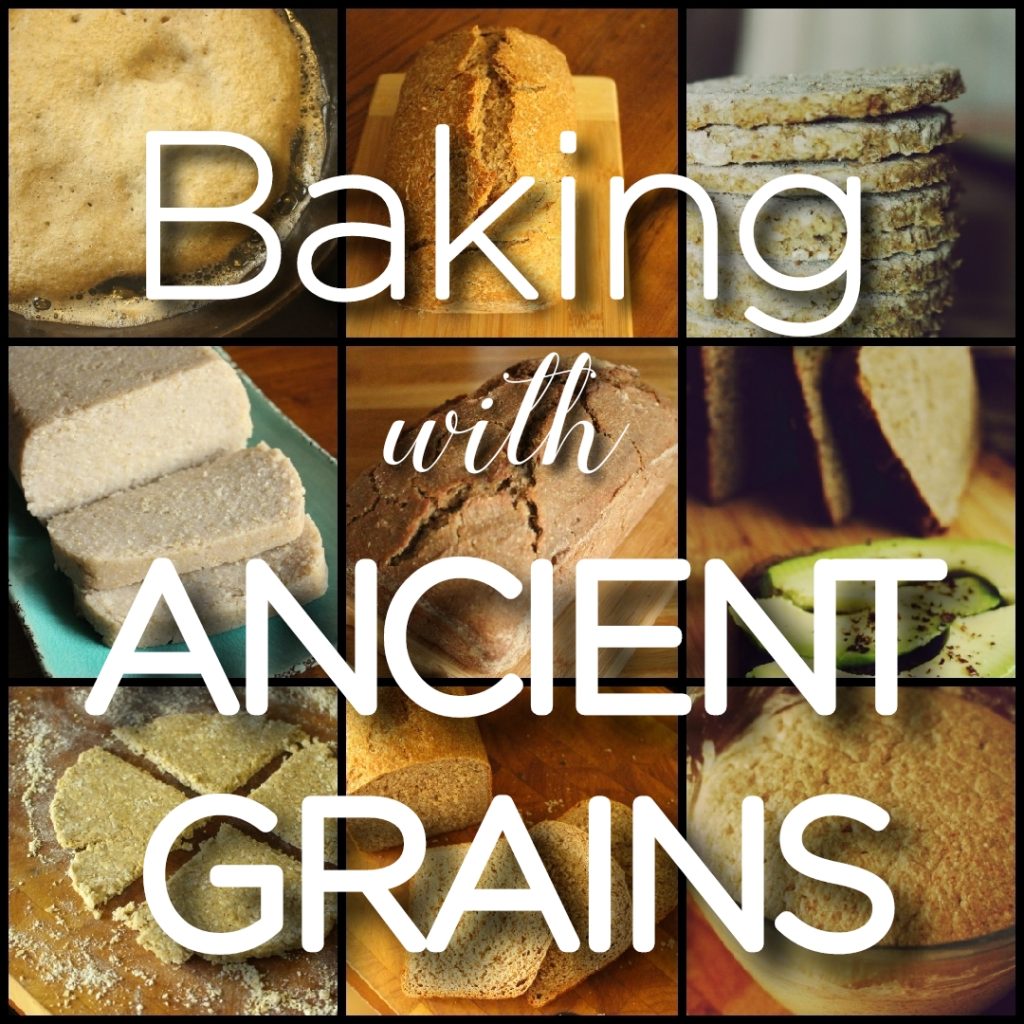Wholegrain sourdough rye is one of the healthiest ways to eat bread. Rye is naturally-sweeter than wheat (and yet has less impact on blood sugar), is full of vitamins and minerals and, due to its high phytase content, the slow sourdough process makes the grain’s minerals more available for your body to use.

I make 100% wholegrain sourdough rye loaves in my kitchen every week. The flavour is deep, rich and tangy and the breads – which I can slice and make into sandwiches – are always finished too quickly! That’s where these sourdough rye crackers, made again with 100% wholegrain rye flour, save the day. I can make up a batch at the weekend and they will keep all week, filling holes in my families nutrient-dense food when they are needed.
Simple ingredients
The recipe is deceptively simple. It can be made with a fresh sourdough starter or with sourdough discard. Aside from the flour and starter, all your need is a bit of fat and some salt/flavourings.
For the crackers you see in this post, I used rye flour that I freshly-milled at home using rye berries from Grand Teton Ancient Grains. Freshly-milled flour is the icing on the cake when it comes to these crackers, but they can easily be made with pre-milled wholegrain rye flour too.

By hand or food processor
I mix the dough by hand. It’s not difficult and I’ll walk you through the steps. If you prefer to use a food processor, it’s even quicker!
I cut these into rounds using a 3-inch (7.6cm) cookie cutter. There’s no need for you to do this though, you can score the dough manually into squares before cooking or even bake as one whole sheet of cracker (it’s fun to break this by hand when it’s crispy!)
Wholegrain Rye Sourdough Crackers Recipe

- Makes: 28-30 3-inch crackers
- Prep time: 25 minutes (plus overnight rest)
- Baking time: 12 minutes
Ingredients:
- 100 g (approx 1 cup) wholegrain rye flour
- 1/2 tsp salt
- 1/2 tsp caraway seeds
- 50 g lard (can be substituted with butter or olive oil)
- 100 g (approx half cup) sourdough starter, can be discard
- 1- 4 tbsp water, if needed
Method:
- In a bowl, mix the wholegrain rye flour, salt and caraway seeds.
- Measure in the lard (or butter) chopping it into small pieces as you do so.
- Using your fingers, rub the fat into the dry ingredients until the mixture resembles breadcrumbs.
- Measure in the sourdough starter (or discard), mix this in well – the dough should start to come together as you do so.
- Depending on the hydration of your sourdough starter, your dough may need more water to adhere together well. You want your dough a little sticky, this way it’ll crack less when you roll it out. Make a judgement and add more water if necessary. (When I make these crackers using freshly-ground rye and my 70% hydration wholegrain rye sourdough starter, I generally need to add 2-4 tablespoons of water to get a good dough.)
- Bring the dough together into a ball and wrap it or place it inside a sealed container before putting it in the fridge overnight.
- The next day, when you’re ready to make the crackers, preheat your oven to 180°C/375°F.
- Liberally coat your work surface and rolling pin with wholegrain rye flour.
- Uncover your dough and, using a knife, chop it in half.

- Gently work the first half into a ball, place it on your floured work surface and, using your palm, push it down into a circle.
- Sprinkle the top of the circle with wholegrain rye flour and roll the dough out. You are aiming for a thickness of 2 mm or under. Turn the dough often and liberally apply extra flour to avoid it sticking to your surface or your pin.
- When the dough has a thickness of 2 mm or under cut circles of cracker out from it and place them on a baking sheet/sheet pan.

- Gather up the offcuts, add them to the second half of the dough and repeat the process until you have used all of your dough.
- Bake the crackers act 180°C/375°F for approximately 12 minutes. Close to the end of the time, keep a careful eye on the crackers, removing the ones from the edge of the sheet pan if they start to look as if they will burn.
- Remove the crackers to a cooling rack and allow them to come to room temperature before enjoying.

FAQS
How should I store these rye sourdough crackers?
Because of their thinness, these crackers are dry. They will store well in an airtight container for up to 5 days.
How do you like to eat these sourdough rye crackers?
It’s hard to resist eating them straight from the cooling rack! Thankfully, making a batch of 30, there’s usually loads left over after this. They are great spread with butter, eaten with cream cheese or as a simple side to a salad. I love the flavour of avocado with rye, so will often top these crackers with sliced avocado or avocado mashed with olive oil.

What’s the best fat to use in these crackers?
I like to use lard, which I home render, for these crackers. You can easily substitute unsalted butter.
Can I use olive oil instead of lard/butter to make these rye sourdough crackers?
Yes, olive oil is possible. If you’d like to use it and it at the same time as a sourdough starter.
Do these crackers work with freshly-milled rye flour?
Yes, I make them with freshly-milled rye flour ground in my counter-top Mockmill. If you don’t have one of these, shop-bought wholegrain rye flour works well.
Can I use sourdough discard to make these crackers?
Yes, these crackers work with sourdough discard as well as fresh sourdough starter. Your starter does not need to be wholegrain rye – you could use a spelt, wheat or gluten-free starter with the crackers.
Do I need to/can I roll these crackers out using parchment/greaseproof paper?
Parchment/greaseproof paper can be used instead of the flour to create a surface upon which to roll out the dough. If you then struggle to move the crackers from this, you can lift the entire sheet of paper onto your baking sheet/tray. I prefer to use rye flour to stop the dough from sticking to my surface or pin as it is simpler.
 You might also like:
You might also like:
How to Make Wholegrain Rye Sourdough from Scratch
100% Wholegrain Rye Sourdough Bread

Bring ancient grain baking into your kitchen!
Download my free 30-page guide with five healthy and tasty 100% ancient grains recipes.


Hi Alison. I looked into Ground Teton Ancient Grains and I asked if they deliver to uk but apparently they don’t. How do you get your grains from them ?
Hi Wendy. They are a new sponsor of my podcast and hence sent Andrea and I a set of grains to try. I usually source my rye and spelt grains here in the UK from Gilchesters and have made these crackers and all my rye breads from their grains beautifully. I also use Hodmedods – my latest batch of heritage wheat and my oats come from them. I hope this helps!